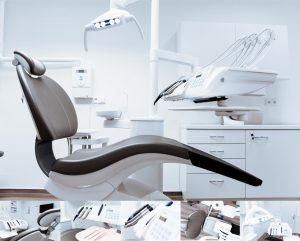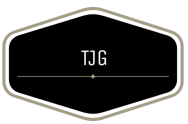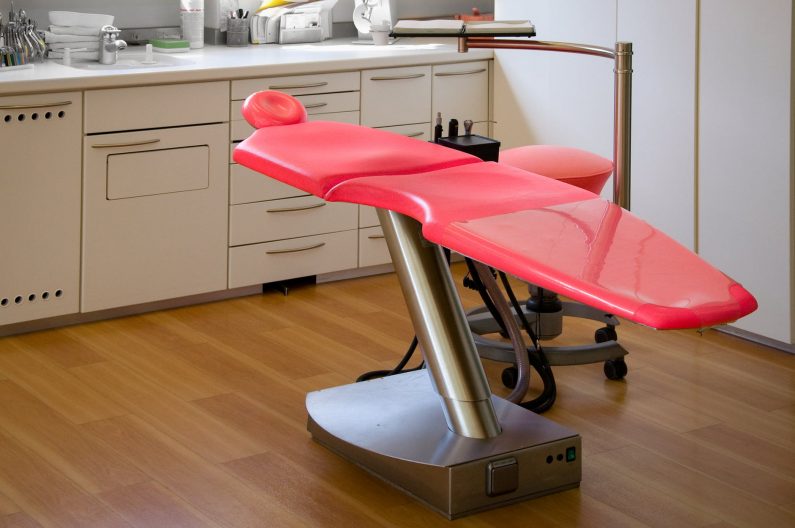In 1960, laser technology arrived on the scene and it was believed to be the “solution looking for a problem”. On the other hand, it became very useful in other fields in modern society even if a lot of people were sceptical on the use of light beams as a physical medical instrument. It has almost been five decades since the invention of laser technology, and several people in the medical field have witnessed exponential advancement. After its popularity soared, it has become the most versatile and beneficial tool in the area of medical treatments. Medical researchers, as well as doctors, have taken notice of the prospects of laser technology in various types of surgical procedures, like correction of eyesight, cleansing of arteries, cutting of tissues, many cosmetic treatments, and burning away cavities in the teeth.
Cosmetic Laser Surgery
Laser technology is particularly prevalent in the cosmetic field. It is widely used for aesthetic treatments, such as pimples, scars, or removal of birthmarks and tattoos. There are several laser treatment methods developed particularly for skin including low-level laser therapy for minor marks, as well as fotona laser skin tightening to improves skin elasticity. Cosmetic lasers make the most of its monochromatic quality, and since lasers are available only in single colour, modifications are made during treatment to the colour that is absorbed by the skin patch. Discoloured skin cells are burned away by the laser beam. Laser technology has presented treatment options for cosmetic and medical issues that were once only treatable via invasive surgery. Procedures such as vaginal rejuvenation are carried out using lasers and conditions such as urinary stress incontinence can also be be treated and controlled.
Cleaning Arteries
To clean plaque in the arteries, lasers are commonly used nowadays. Doing so helps in prevention and treatment of cardiovascular diseases caused by plaque, which is the hard, fatty matter building on the arteries’ inner walls; it holds up the smooth flow of blood which can lead to a heart attack. The laser procedure is used by inserting a small fibre array into the blood vessel of the legs and arms. The laser beam traverses all the way to the blocked arteries to detect the plaque and obliterate it in Heart & Vascular System. It prevents the outcomes that lead to cardiac disorders and the lengthy recuperation process afterwards.
Scalpel
Surgical incisions that are done using knives and scissors are not accurate and can trigger danger to a person’s life. Nevertheless, technology has improved over the years, and with the latest laser equipment, the likelihood of risk during critical surgeries has dramatically reduced, and laser beams are consistent and permeate in equal depth. Another benefit brought about by laser technology is that it seals broken blood vessels without resulting in excessive blood loss. Alternatively, many medical practitioners think that lasers can only be useful in selected medical procedures, they do not entirely replace the scalp.
Another major branch of medical treatments which has gained from laser technology in dentistry. Many people dread getting their cavities drilled, and the procedure alone requires the use of anaesthesia, causing numbness in the entire mouth. Not to mention the sound and feeling of drilling the tooth can be very annoying. To eliminate the decayed tissue, the laser beam is set to a power so strong it erases decayed tissue without causing harm to the tooth enamel.

The Role of Laser in Medicine
When it comes to the material processing of devices in doctors’ offices and hospitals, lasers have always played a significant role. From implantable devices and surgical tools to part identification which is non-corrosive, permanent, non-toxic, and most importantly, safe. Medical technology advances continuously, and at the same time, economic pressures demand lesser prices and procedures become less invasive. These changes have placed lasers in the limelight. Ablation, welding, cutting, marking, and ablation are all possible with the laser. Not only is the laser a flexible and fast tool, but it is also able to process a variety of materials, including titanium, polymers, stainless steel, many metal alloys, and specialty metals like Nitinol which is a shape-memory alloy popular in stent manufacturing.
Why are lasers very significant? Even before medical devices have been miniaturised, it was vital to control mechanical and thermal stresses on the material. This is even more critical in the present day. Because there is no contact with minimal thermal input (low HAZ), the content, and excellent precision and repeatability, lasers provide the unique capability of processing extremely tiny components with accuracy and speed. Whether it is used to cut stents and saw bones, even welding batteries, endoscopes, or pacemaker components, and marking implantable devices or surgical tools, lasers are found to be extremely useful in countless applications.
Benefits of the Laser Types
CO2 lasers may be considered veteran technology, but they are still an essential tool in material processing. Since metal enclosures or surgical instruments are cut from expensive alloys or large flat sheets of metal, CO2 lasers can make the most of reduced scrap. Profitable part production is attained with limited or no damage from thermal or mechanical stress. Furthermore, the 10.6 µm wavelength given out by a CO2 laser is well absorbed by a coloured or transparent plastic, permitting it to be welded or cut effectively.
In medical device manufacturing, lasers have played a significant role and moving forward, and it will become an even unique tool as new technology is developed and concepts only imagined today will come to reality and save lives in the future.

